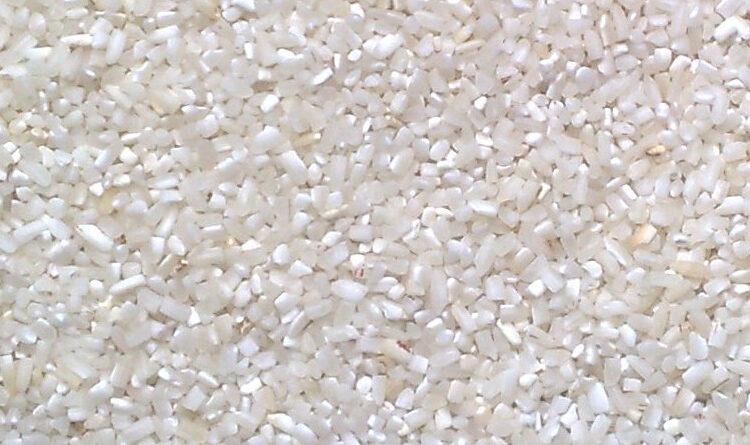India now plans to reduce broken percentage in non-basmati rice exports amid food inflation woes
By Puja Das
The Centre may cut the amount of broken rice used in non-basmati rice exports, as food prices continue to surge in the middle of general elections.
Its idea is to cut the broken proportion of non-basmati white and parboiled rice used for exports from up to 25% now to 5%. This could boost domestic supplies amid a spike in prices, a senior official said.
Prices have continued to rise despite various measures, including the introduction of Bharat rice, stock disclosures, and export curbs. Rice prices at the retail level continue to hover at ₹44.40 a kg, an increase of 13.10% on a year-on-year basis, according to consumer affairs ministry data as of Friday.
Though food inflation in March eased slightly, inflation in rice remained significantly high at 12.7%, forcing the government to look for other ways to intervene in the market.
The percentage of broken rice in parboiled rice as per a Directorate General of Foreign Trade (DGFT) notification is 15%.
“DFPD (department of food and public distribution) informed that the same parameter may not be maintained for export of parboiled rice. Therefore, it has been proposed that the percentage of broken percentage in parboiled rice may be reduced to 5% in the export consignments,” the official told Mint.
In the case of non-basmati white rice, the broken percentage is 25%. “Quality specifications may be modified for export of non-basmati white rice, reducing broken percentage to 5%,” the official added.
Notably, the broken percentage of rice exports depends on the importing country’s requirement. For example, African countries demand non-basmati white rice with 25% broken percentage. In contrast, the US demands broken rice percentage of only 2-3%.
In any case about 90% of exports of parboiled rice contain only 5% broken percentage.
The less the broken percentage in rice the higher the price.
At present, the price of 5% broken non-basmati white rice is quoted at ₹35,000 per tonne while that of 25% is priced at ₹30,000 a tonne, spot traders said.
“Reduction of broken percentage for exports will ensure the availability of broken rice in the domestic market for industrial uses, including for ethanol production, and may also help cool domestic prices of rice due to lesser exports,” the official said.
“Fixing the broken rice percentage in exports of non-basmati white and parboiled rice may adversely impact the overall exports of rice. Therefore, the department of commerce has been asked to assess the impact of the broken percentage reduction on rice exports. Once it is done, a decision will be taken thereafter by the concerned authorities,” the official informed.
Export of non-basmati white rice is currently prohibited and allowed only on a government-to-government basis while export of parboiled rice attracts a 20% duty.
If approved, new specifications will be implemented when India sends non-basmati white rice to a country on G2G basis next time. So far, India has exported nearly 2 million tonnes of non-basmati white rice under the G2G route after it prohibited exports last July.
Queries sent to the consumer affairs, food and public distribution ministry and the commerce department remained unanswered at press time.
This article has been republished from The Livemint.

